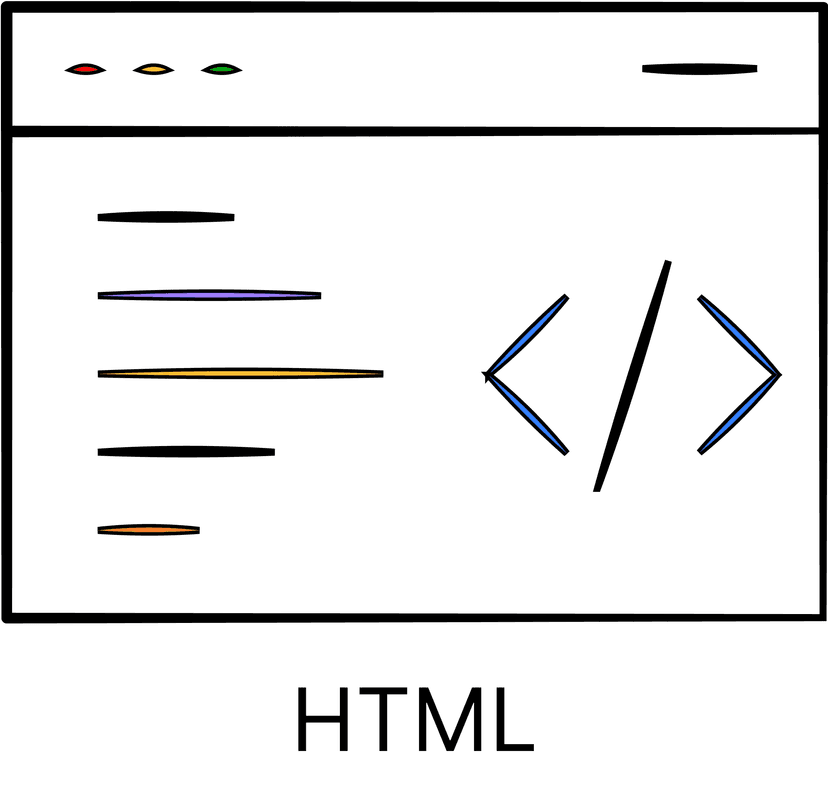HTML

What is HTML?
Definition:
HTML (hypertext markup language) is a programming language that is used to build web pages and other types of documents on the internet. HTML is one of the foundational technologies used to build websites, consisting of headers, paragraphs, lists, tables, forms, and links.
Analogy:
HTML is like the blueprints of your house.
A blueprint defines the structure, layout, and components of a building.
The blueprint will leverage a set of symbols and language specific to the construction roadmap in order to convey the proper information to the architects and engineers who will be constructing the building itself.
A building cannot be built without blueprints as otherwise there aren't the foundational elements and proper steps to build.
In other words:
HTML is the framework or skeleton of your web page. It's the infrastructure that allows your site to be built upon.
Why is HTML important?
It's one thing to know what HTML is, but that is worthless if you don't know why you should know what a code repository in the first place. Let's break down the importance of this tech term based on two high level categories. We'll walk through an explanation as well as provide a score, 1-10, that shows you how much you should care about HTML.
Pre-Product: 3/10
The first will be if you do not have a product yet. This means that you don't have a physical product. Maybe you're in the ideation phase, or maybe you're almost ready to start development. Whichever it is, we'll get into why HTML is important and why you should or shouldn't care about it if you do not have a product.
HTML is your first step in building any website, so it is important that you are at least familiar with what HTML is. You don't need to know how to code it specifically, but you should understand HTML's value in your soon-to-be website.
Live-Product: 3/10
The second category is if you do have a live product. Maybe you just launched your business or maybe it's been live for years and you're continuing to improve its quality. Regardless of the scenario, if your product is live, HTML carries a different weight.
If you do have a product, and a website, then you are leveraging HTML. Again, you don't need to know specifics about it, but as the business owner you should understand that your site leverages HTML.
Examples of HTML
So you know what HTML is, by definition. You know if you should care about it or not depending on your situation as a business/company/product. To dig in deeper, we will walk through some tools and processes so we can make sure you really have a solid grasp on HTML.
HTML elements
Let's walk through the common elements that are leveraged in HTML, so you have a proper holistic understanding of the full landscape of HTML and how developers leverage it in different ways to build web pages. We'll break down the element itself as well as the symbol that is used to represent the element.
- Headers: <h1>, <h2>, <h3>, <h4>, <h5>, <h6>
- Paragraphs: <p>
- Lists: <ul>, <ol>, <li>
- Links: <a>
- Images: <img>
- Tables: <table>, <tr>, <th>, <td>
- Forms: <form>, <input>, <button>
- Divisions: <div>
Here is an example of what some HTML code may look like:
Example of HTML code (generated by Chat GPT)
Key Takeaways:
- HTML is the basic building block of putting together web pages.
- If you do or don't have a product, you should at least be familiar with what HTML is.
- HTML is comprised of components that allow you to establish the framework for the basic parts of a website.

